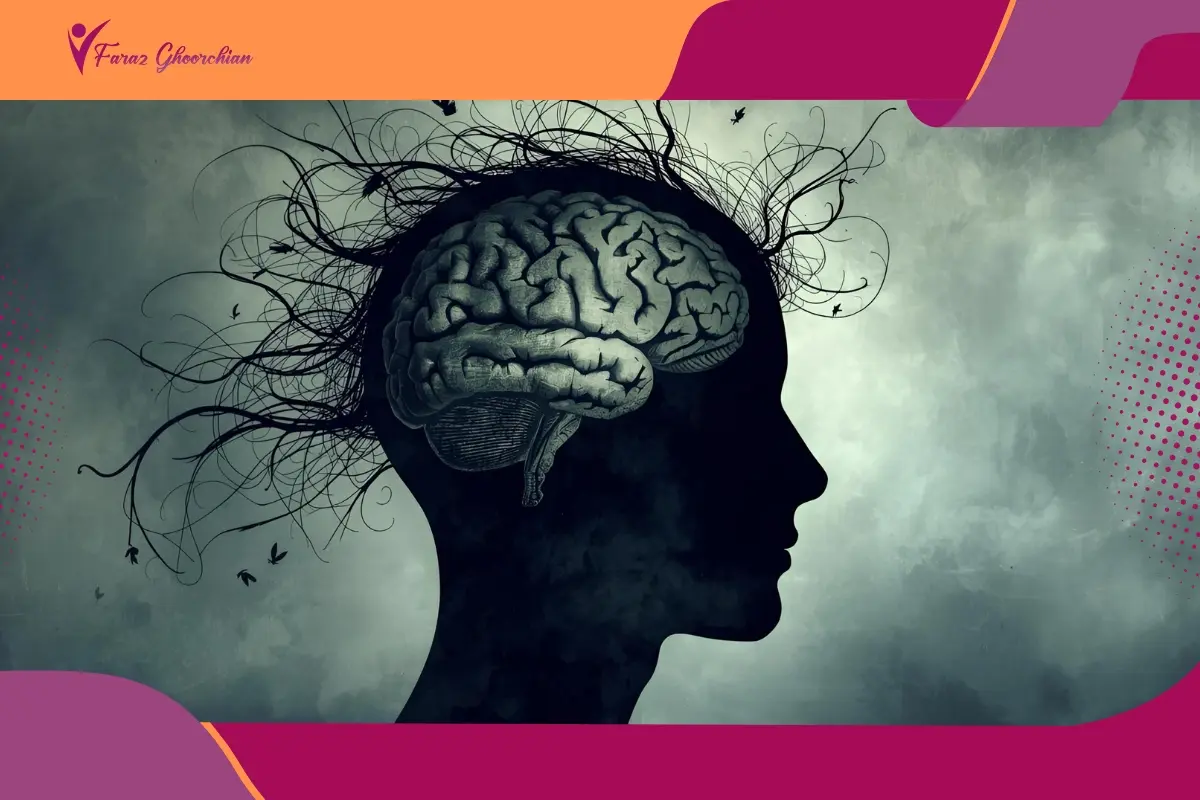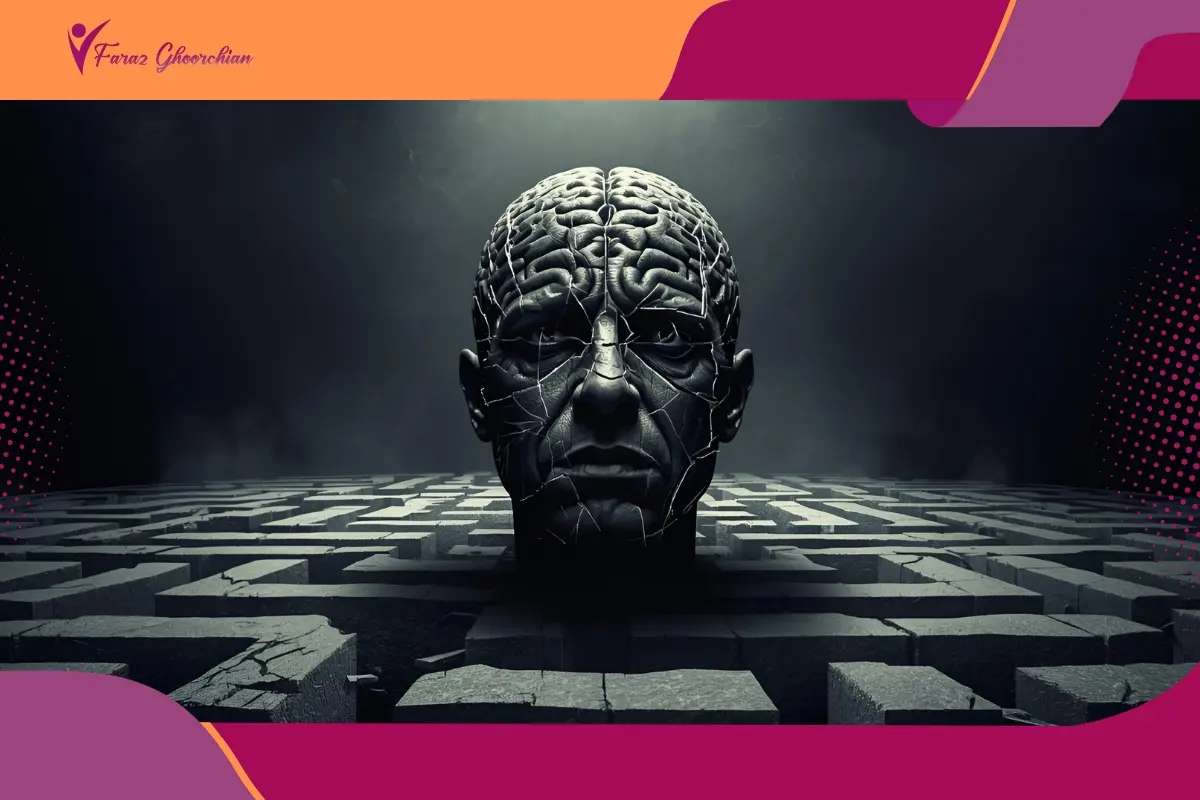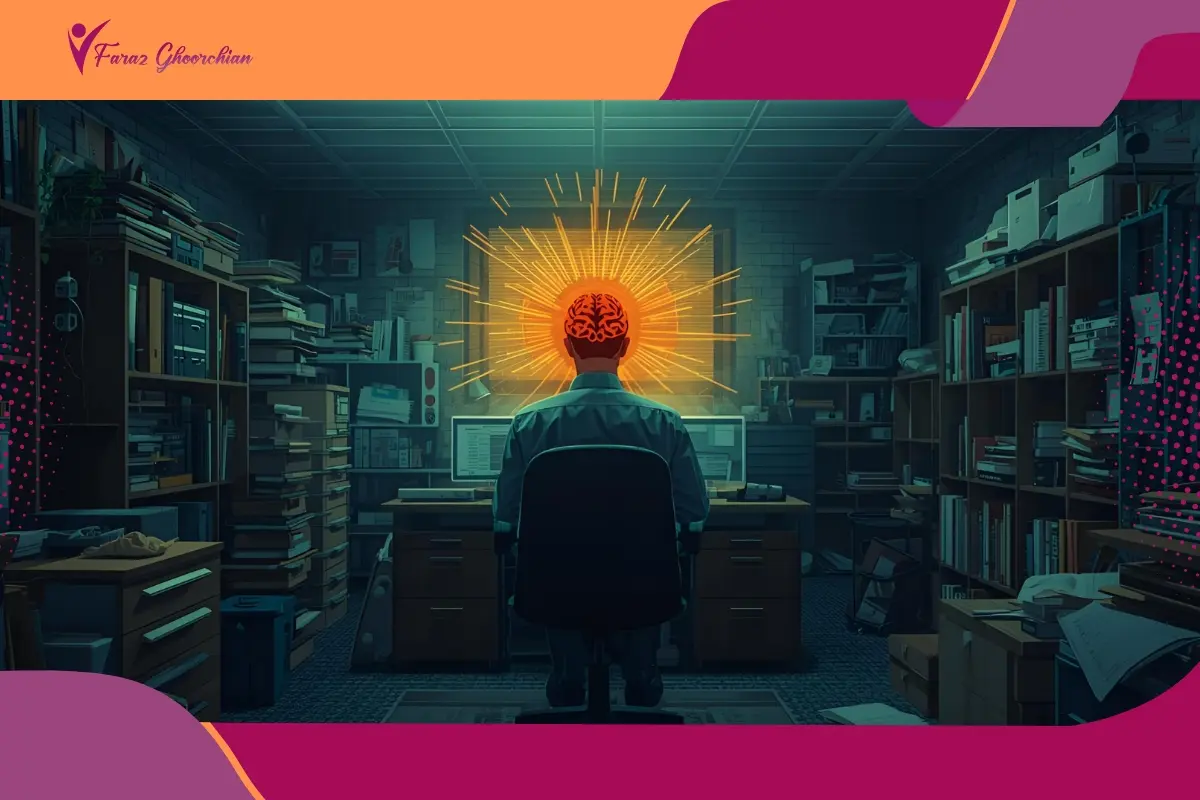Learn what confirmation bias is in psychology, see real-life examples, types, and practical steps to avoid it in decisions, relationships, and work.
- 1. Quick Answer & Big Picture
- 2. Meaning & Definition: What Does Confirmation Bias Mean in Psychology?
- 3. Explain Confirmation Bias with Simple Analogies
- 4. Types of Confirmation Bias
- 5. Why the Brain Leans Toward Confirmation
- 6. Real-Life Examples
- 7. Confirmation Bias in Relationships
- 8. Conformity vs. Confirmation at Work & in Groups
- 9. How to Avoid & Combat Confirmation Bias
- 10. Opposite of Confirmation Bias, Common Mix-ups, Final Takeaways
- 11. Conclusion
Quick Answer & Big Picture
Readers asking What is a confirmation bias in psychology want a plain answer that earns trust. It is the mind’s tilt to favor evidence that fits a prior belief, while quiet resistance greets anything that contradicts it. In practice, a manager remembers one dazzling interview answer and forgets a thin portfolio; an investor keeps clicking supportive headlines and skips the sober report. This is why people also search what is confirmation bias: the pattern hides inside everyday shortcuts. The fix starts small: write a one-line prediction before seeing data, name two ways it could be wrong, compare outcomes with the note, and invite a thoughtful skeptic to review the reasoning. With those habits, judgment becomes calmer, kinder, and noticeably more accurate.
Meaning & Definition: What Does Confirmation Bias Mean in Psychology?
To pin down what is a confirmation bias in psychology, think of a mental tilt that privileges supportive evidence and filters out clashes. In research and daily judgment, attention locks onto agreeable facts while mixed or contrary details are minimized. Put simply, what does confirmation bias mean in psychology is that comfort with familiar ideas can masquerade as accuracy, which explains why people feel certain even when their evidence is thin.
Which best defines confirmation bias? It is a consistent preference for belief confirming information across how people search, interpret, and remember data. Operationally, teams can define it as a testable pattern: write the prediction first, list what would disconfirm it, then compare outcomes with the note. In personal decisions, what does confirmation bias mean is practicing the same routine so confidence grows from checked claims rather than from repetition or group agreement.
Explain Confirmation Bias with Simple Analogies
To explain confirmation bias, picture tinted glasses. The world is visible, yet the tint quietly colors every scene, so agreeable details look brighter and clashing details fade. A second image is a playlist algorithm. It keeps serving songs already liked, which feels smooth but slowly narrows taste. A courtroom analogy helps too. The mind acts like a friendly defense attorney, grilling opposing evidence while tossing softball questions to evidence that supports the original claim. In shopping terms, it is a cart that seems to steer toward familiar brands even when better options sit nearby. These images answer the practical question many readers ask, what is confirmation bias, by giving a handle they can test. People higher in Openness to Experience Personality often spot the tint sooner because they sample unfamiliar sources and try on rival explanations. The moment someone notices the tint or the algorithm at work, they can pause, look for one competing explanation, and compare that against the first impression.
Types of Confirmation Bias
To make the types of confirmation bias concrete, focus on behaviors he or she can see and adjust. Each pattern has a quick tell and a simple counter.
- Selective exposure: choosing agreeable sources. Spot: uniform bookmarks. Try: schedule rival outlets.
- Biased interpretation: reading mixed data as supportive. Spot: cherry picked stats. Try: write alternatives first.
- Memory skew: recalling supportive details vividly. Spot: vivid wins, foggy misses. Try: keep a decision log.
- Questioning asymmetry: grilling opposing data, easing friendly claims. Spot: uneven scrutiny. Try: equal-question checklist.
- Premature closure: stopping after the first confirming clue. Spot: search ends early. Try: sample quota.
- Framing effects: leading questions invite yes answers. Spot: suggestive wording. Try: neutral phrasing.
- Source favoritism: trusting in-group signals. Spot: logo bias. Try: blind the source.
- Echo amplification: repetition feels true. Spot: same claim everywhere. Try: verify with independent datasets.
Used together, these small counters keep judgment curious without turning work into a debate.
Why the Brain Leans Toward Confirmation
Brains lean toward confirmation because they are prediction engines that prize speed and certainty. Matching new input to old models saves effort and feels rewarding, so agreeable facts get extra attention while conflicting details fade. Familiar statements read fluently and fluent feels true, which is why rumors harden into convictions. Identity adds fuel. When a belief signals group belonging, the nervous system guards it like a boundary, so counterevidence is treated as threat rather than information. Social feedback tightens the loop, since agreeable posts draw approval and dissent can cost status. This is why readers keep asking What is a confirmation bias in psychology and what does confirmation bias mean in psychology in practical terms. The answer is operational. Prewrite a brief prediction, note what would count against it, and compare outcomes later. Blind obvious sources when screening, check base rates, and keep a short list of rival explanations to test first.
Real-Life Examples
In health, a patient convinced a supplement works notices good days as proof and blames bad days on stress; lab numbers that disagree are brushed aside. On a trading desk, an investor favors bullish blogs, skims risk notes, and remembers winning trades more vividly than losses. These are confirmation bias examples in real life where selection, interpretation, and memory lean the same way. If someone asks what is an example of a confirmation bias, point to an early product test where one flattering metric is praised while neutral signals get labeled noise. When energy dips, people default to easy stories rather than careful checks; How to Stop Feeling Tired in the Afternoon can help restore focus so evidence gets a fair review.
In relationships, a partner expecting criticism reads silence as disapproval and misses small kindnesses. In hiring, a famous alma mater becomes a shortcut, so weak portfolios get graded kindly. Each confirmation bias psychology example improves when criteria are written first, obvious labels are hidden, and a set number of disconfirming checks are required. Everyday examples of confirmation bias in real life fade when decisions are logged, outcomes are compared with predictions, and rival explanations are tested early.
Confirmation Bias in Relationships
In close partnerships, confirmation bias in relationships shows up as a running story that filters moments to fit prior expectations. If someone believes their partner is inattentive, a late reply confirms the script while a kind gesture barely registers. This is the relational face of what is confirmation bias where attention, interpretation, and memory lean toward agreement with the existing narrative rather than a balanced review of the week.
To reset the lens, start small. Keep an exceptions log that records concrete helpful acts, use behavior specific language, and set tiny experiments such as one clear request per day. Ask for observable evidence before drawing a conclusion. Practically, how can you combat confirmation bias by inviting a brief counterview from the partner and comparing it with notes. Treat daily interactions as examples of confirmation bias in real life to test gently, so accuracy replaces assumptions without turning conversations into courtroom debates.
Conformity vs. Confirmation at Work & in Groups
Teams often confuse social copying with evidence seeking. Conformity bias is alignment to the room, while confirmation bias is alignment to a prior belief. A manager nods, the group follows, dissent fades. That scene answers What is a real life example of conformity bias? The pressure comes from status and timing, not from data. Confirmation bias runs quietly inside one mind as an analyst hunts for agreeable metrics and reads mixed dashboards as supportive. Fixes differ. To reduce conformity, collect written votes before discussion, rotate a facilitator who asks for the strongest countercase, and invite junior members to speak first. To limit confirmation, require preregistered hypotheses, set a minimum number of disconfirming checks, and blind obvious sources. In performance reviews consider self serving bias vs confirmation bias as separate risks. The first protects ego by crediting success to skill and failure to luck. The second protects beliefs by filtering what gets seen and remembered.
How to Avoid & Combat Confirmation Bias
In practice, answering what What is a confirmation bias in psychology means turning big ideas into small routines that fit real workflows. Treat important calls like mini experiments. Before seeing data, write a single sentence prediction and list one result that would change your mind. During review, slow down at surprises, not at agreement. Afterward, compare outcomes with the note so confidence grows from checks, not from comfort. Practitioners such as faraz ghoorchian frame this as replacing slogans with simple, testable commitments you can actually keep.
- Pre-commit: capture the hypothesis, the disconfirming clue, and a time to revisit.
- Red team: rotate a peer to assemble the strongest countercase with sources.
- Blind review: hide names, schools, or brand labels when screening.
To keep momentum, build a simple decision log and check base rates so today’s result sits in context. That is How to avoid confirmation bias without turning work into a seminar. If you ask how can you combat confirmation bias, start with the smallest test that could prove your favorite story wrong, then run it and record what actually happened.
Opposite of Confirmation Bias, Common Mix-ups, Final Takeaways
The practical opposite of confirmation bias is a disconfirmation habit: define what would prove you wrong, look for it on purpose, and update when it shows up. People often confuse this topic with group pressure, yet conformity is different. Conformity bends to the room, while confirmation bias bends to a prior belief. Another mix-up is self serving bias vs confirmation bias. The first protects ego by crediting wins to skill and losses to luck. The second protects beliefs by filtering what gets noticed, tested, and remembered.
Final takeaways are simple. Treat decisions like mini experiments: write a short prediction, list one disconfirming result, and compare outcomes later. Use base rates so today’s story sits in context. Invite a trusted skeptic to build the strongest countercase you might be missing. When these habits become routine, judgment gets calmer, debates stay kinder, and accuracy improves without slowing real work.
Conclusion
Good decisions come from habits, not slogans. This article mapped the pattern, showed everyday costs, and offered simple guardrails anyone can keep. If you are still asking what is the confirmation bias in psychology, think of it as a mental tilt toward agreeable evidence that is corrected by simple routines. Treat important calls like small experiments. Write a one line prediction before looking at data, note what would count against it, then compare results later. Keep a short decision log so confidence is anchored to outcomes. Use neutral wording, blind obvious labels in reviews, and ask a trusted skeptic to build the strongest countercase. Relationships benefit from an exceptions list that records concrete helpful acts, while teams reduce noise with written votes before discussion. In practice, How to avoid confirmation bias becomes a routine rather than a one time fix, and accuracy climbs without turning work or home life into constant argument.















